About This Tour
Kinnaur is the most fascinating region of the Indian Himalayas where the ancient tales and legends have gone to a greater extent of placing the people of Kinnaur--The Kinners. This is the land of fairy tales and fantasies bringing spectacular terrains of lush green valleys, orchards, vineyards snow-clad peaks and cold desert mountains. The district of Himachal Pradesh, Kinnaur is set within the Greater Himalayan belt and boasts of the highest mountains in Himachal Pradesh. It is also rich in flora & fauna and its culture and language is different from other parts of the state. This is the only area in the world where worship in temples has been going uninterrupted and has not been subject to any outside invasion. Close to the border with Tibet, entry to Kinnaur was restricted even for Indian nationals till 1993 and foreigners still have to register themselves with Inner line permit.
The Kinnaur Valley is comprised of the lower valley of Spiti and Satluj gorge, two river races through valley The Satluj and The Spiti. Sutlej River has its origin (common to the Indus and Brahmaputra rivers) in Lake Mansarovar beside the holy Mt. Kailash in Tibet. Kinnaur holds three of the world's grand mountain ranges - the Zanskar, the Greater Himalaya and the Dhauladhar, Mount Kinner Kailash (6'050 mtrs) which dominates this region. The circuit around the whole range attracts many adventure enthusiasts every year. The Parikrama or circumambulation begins from Kalpa via Triung valley and back to Kalpa via Sangla valley. The expeditors can drive up to Thangi and the actual trekking begins from here.
To reach this forbidden land, India's northern tip, before July, tourists can drive through the Hindustan -Tibet highway, the ancient silk route following the Satluj. The Spiti River then joins the Sutlej from the west and runs parallel with the Great Himalayan Range, the natural boundary between India and Tibet (China). During the month of July, it is possible to enter Spiti from the north, crossing Rohtang Pass (3980m.) into Lahaul and Kumzum La (4550m).


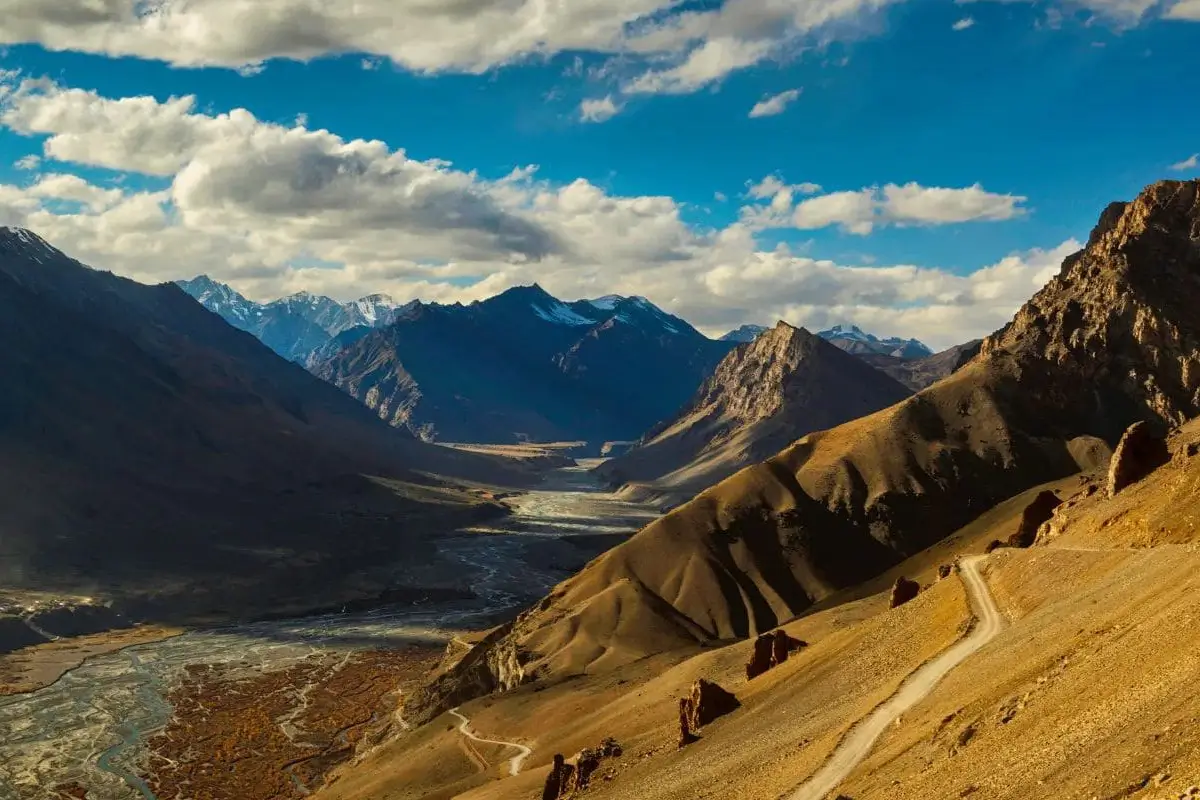
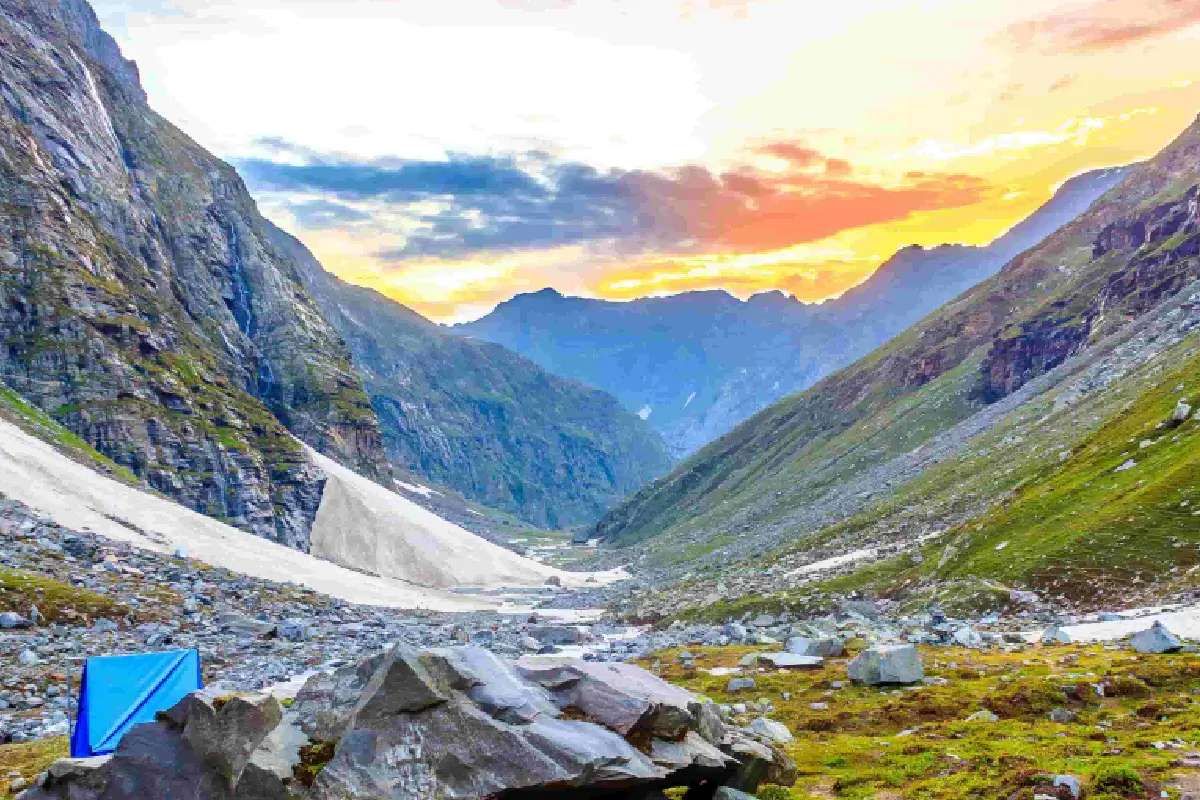

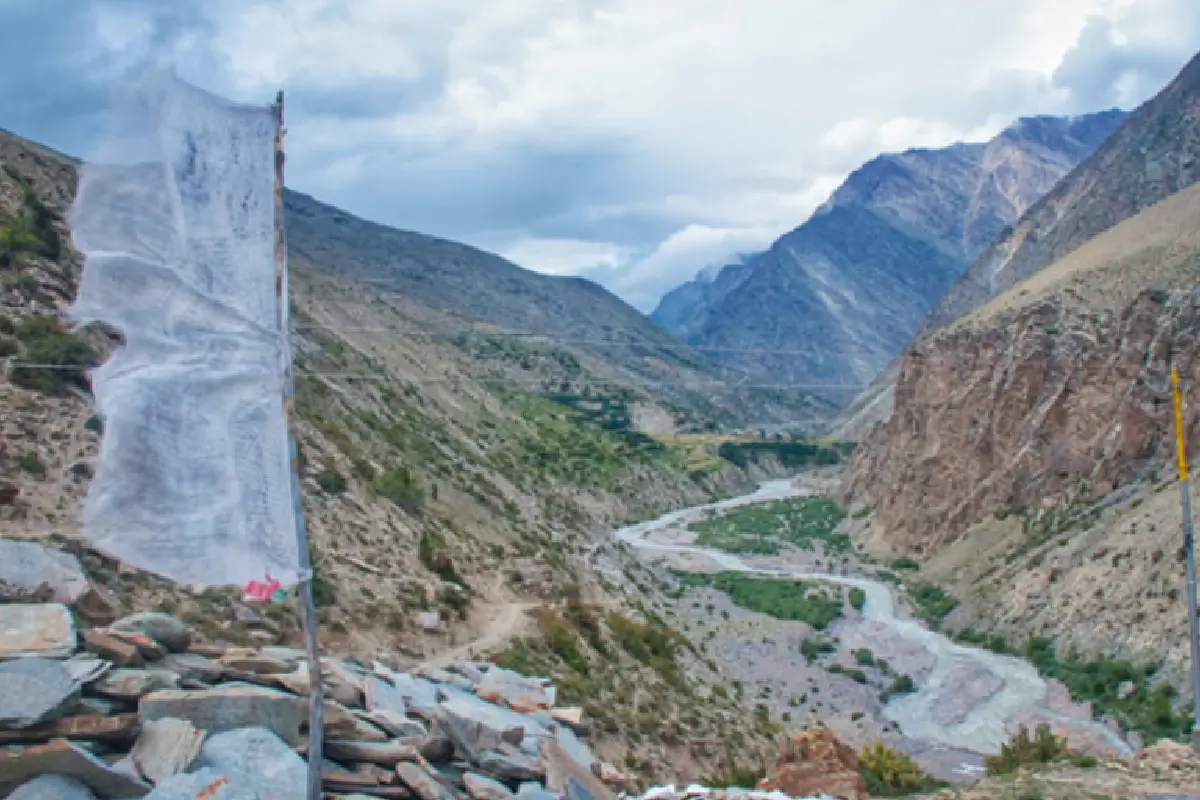
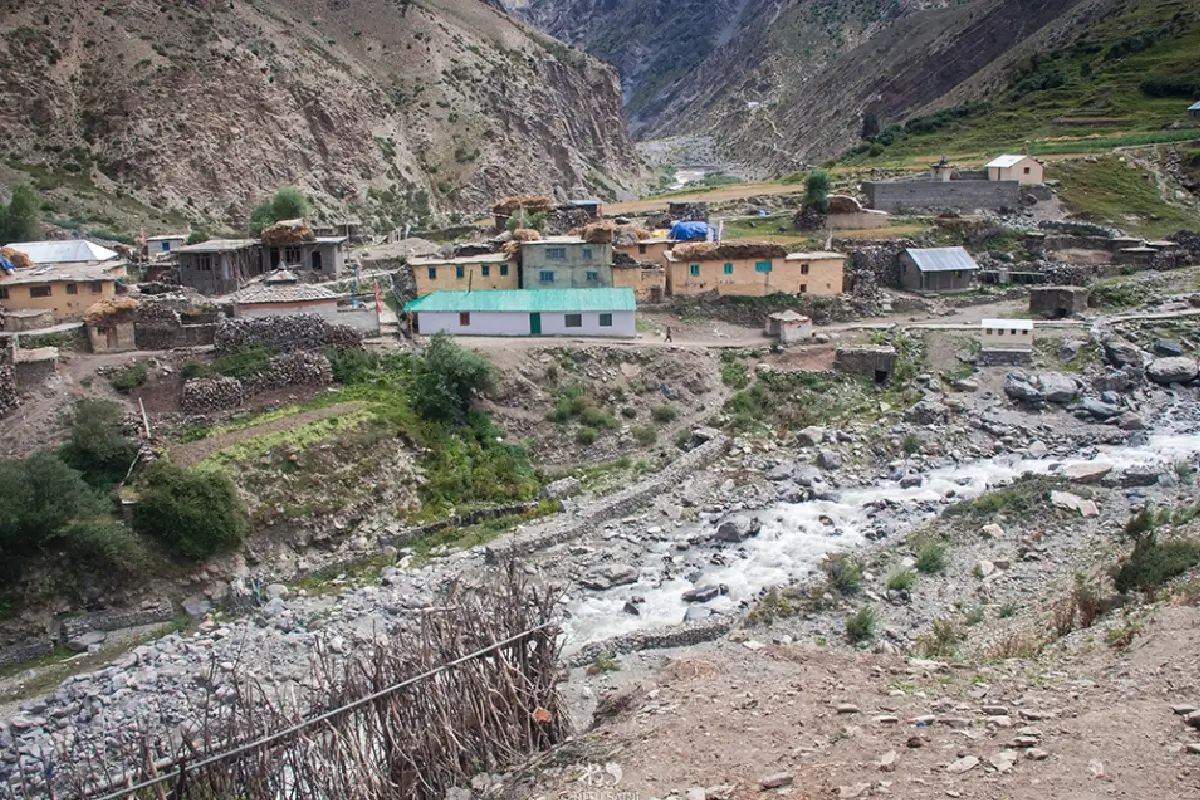



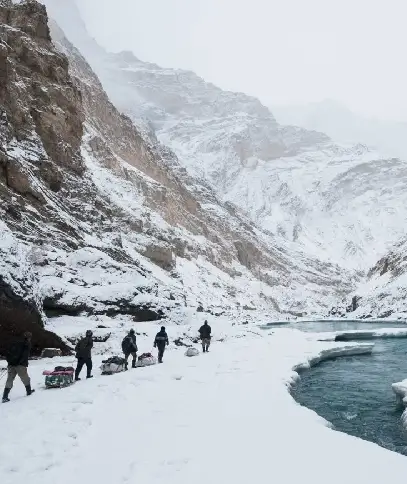
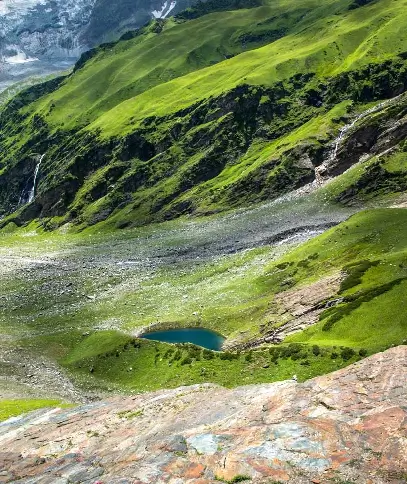
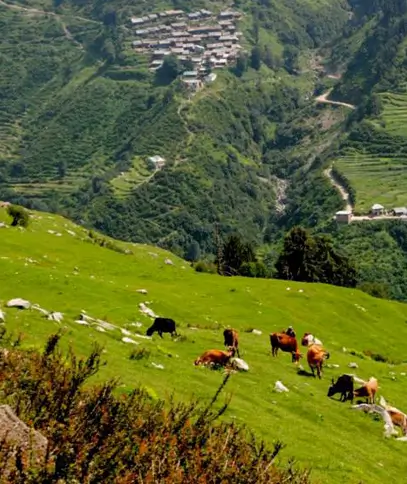
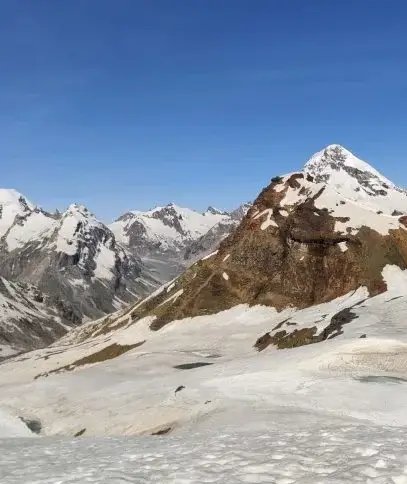

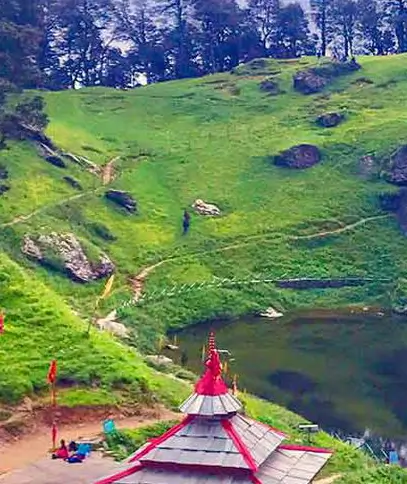
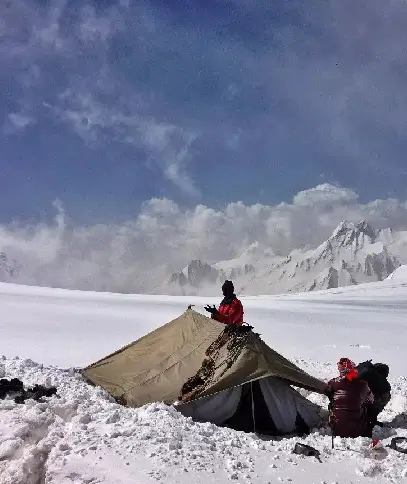


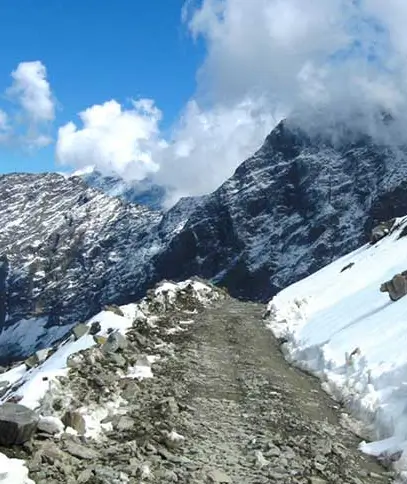
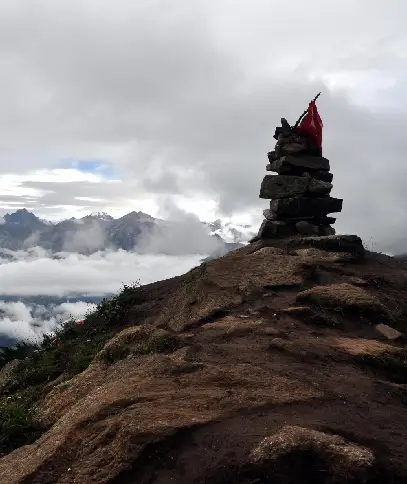
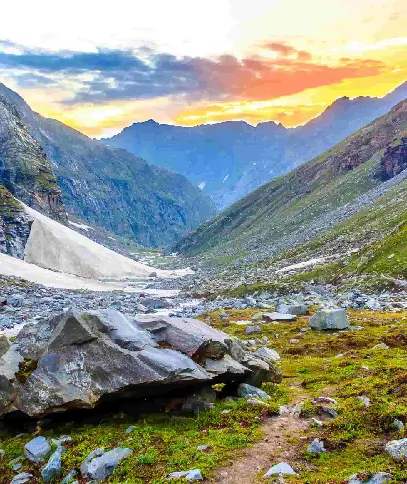
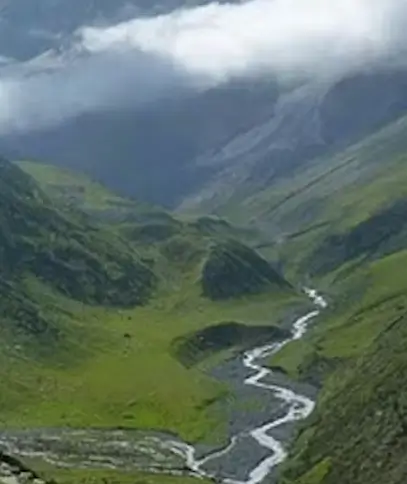










 +91-9212553109
+91-9212553109 Plan Your trip
Plan Your trip